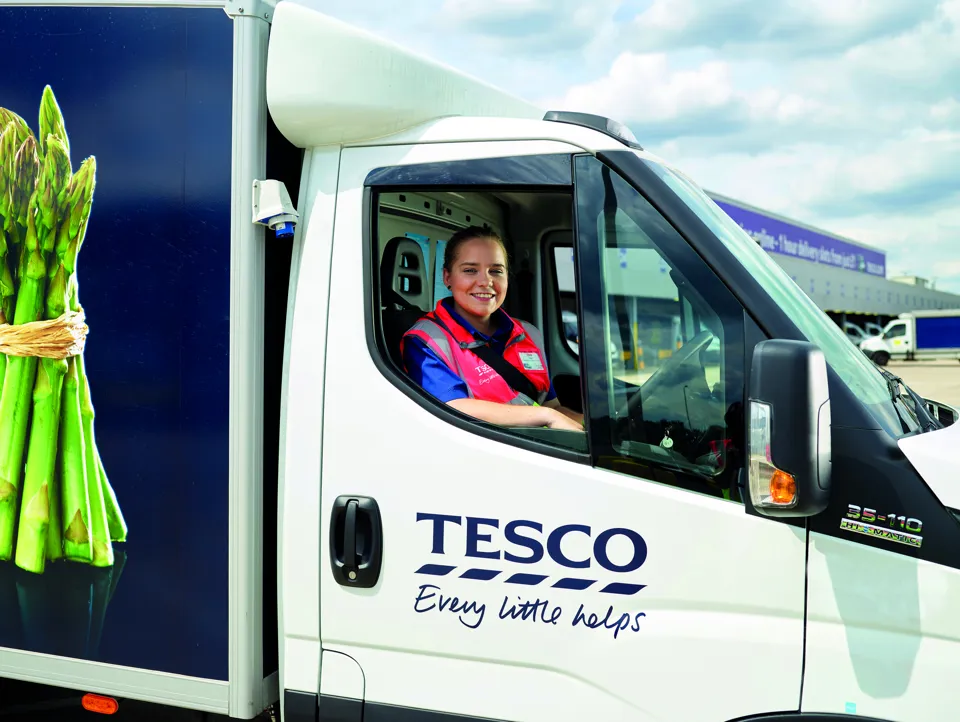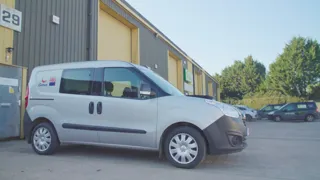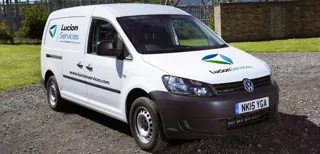Tesco Grocery Home Shopping will cut its fleet CO2 emissions by more than 7,000 metric tonnes in one year thanks to the introduction of driver training technology.
The company employed Lightfoot to proactively manage emissions as demand for its home delivery services soared during the coronavirus pandemic, with more vehicles covering more miles.
Now, within a year of the new technology being deployed, Tesco will deliver a saving of 7,346 tonnes of CO2 across the UK and ROI.
It is predicted that the fleet will achieve even greater savings year-on-year as more Tesco Grocery Home Shopping drivers engage further with the Lightfoot technology.
Tesco says that it has taken its already advanced driver efficiency and safety programme, which includes in-vehicle cameras and driver trainers, to the next level.
The gains that have been made, it says, are the result of Lightfoot’s approach – engaging drivers and encouraging them to drive more smoothly, safely and efficiently through app-based tech which rewards better driving.
“We make 15,000 delivery journeys every day,” said Matt Rhind, distribution and fulfilment transport director for Tesco. “The Lightfoot app gives every one of our home delivery drivers real-time feedback on their driving style so they can make immediate improvements and reduce their emissions on every trip they make.”
At the end of each journey, a ‘Lightfoot Score’ is given and can be seen by the driver on an app. Using this app, drivers can see how their performance changes over time, enter leagues and compete with their colleagues.
Anyone who reaches ‘Elite Driver’ status with a Lightfoot Score of 85% or higher can enter themselves for free into the Lightfoot Drivers’ Lottery, giving them a chance of winning weekly cash prizes, while taking advantage of special offers and giveaways.
Lightfoot MD Rupert Lyon Taylor, said: “The ethos behind Lightfoot is that by rewarding good driver behaviour, our technology can provide huge real-world savings in carbon emissions and fuel consumption, at the same time as rewarding hard-working drivers.
“Our data has shown that the person behind the wheel has as much responsibility for the performance and efficiency of their vehicle as what’s beneath the bonnet. If a driver is inefficient, their vehicle will be too. We also know that driver engagement with efficiency improvement is the key to long-term success, so we designed our technology around this.”
He added: “Over the last year delivery drivers have stepped-up to deliver millions of groceries at a time of need, and so rewarding these hard-working heroes while also saving over 7,000 tonnes of Co2, is something we are proud of helping Tesco achieve.”
Tesco is aiming to fully electrify its delivery fleet by 2028 as part of a commitment to reach ‘net zero’ by 2035.
























Login to comment
Comments
No comments have been made yet.